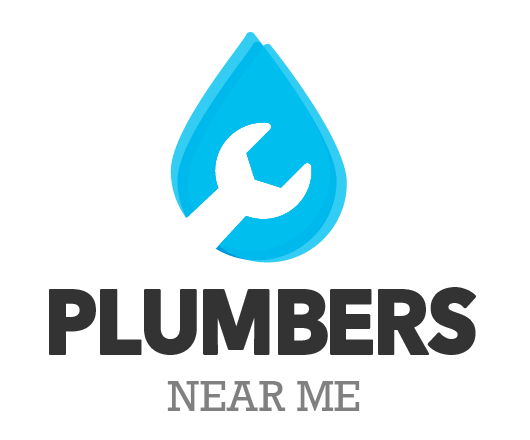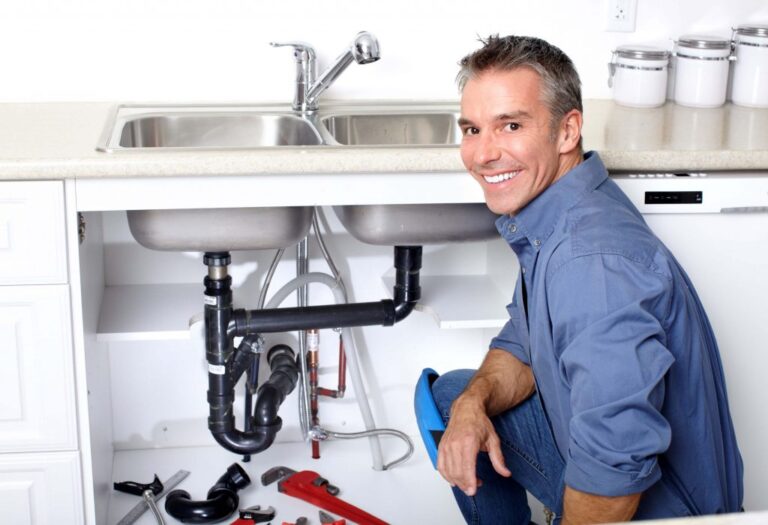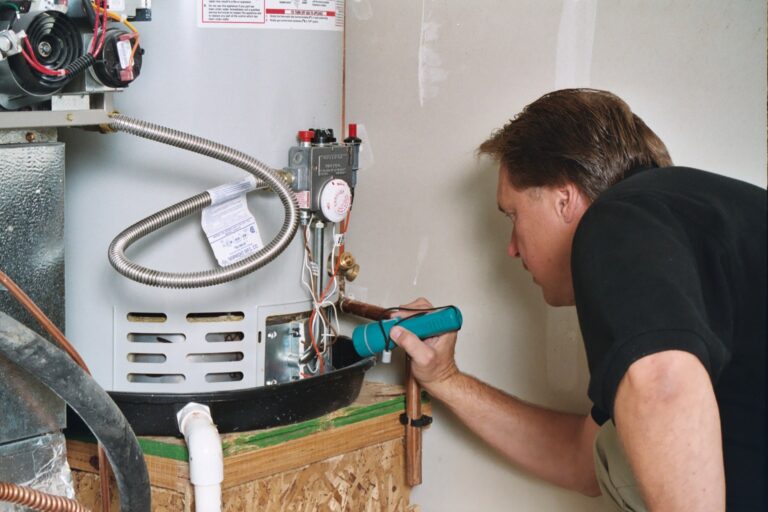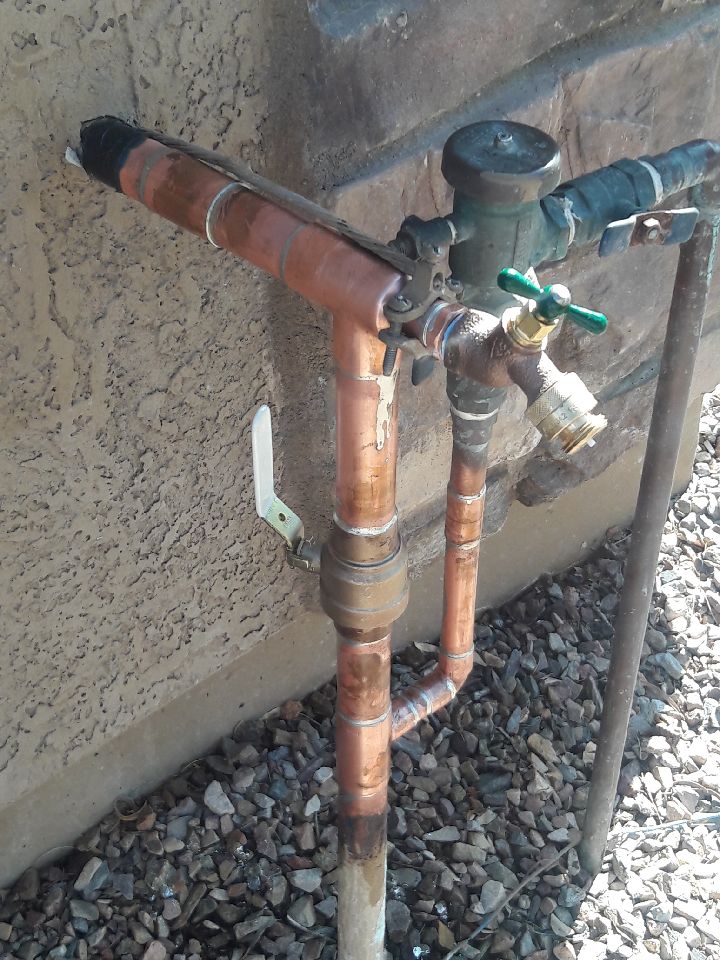How to Detect Hidden Plumbing Leaks Behind Walls and Floors
Water damage from hidden plumbing leaks can be costly and devastating. A slow leak might not be noticed right away. This can lead to expensive repairs and health risks.
Knowing the signs of hidden leaks is key for homeowners. Catching these leaks early can save a lot of time, money, and stress. This article will show you how to find and fix these issues before they get worse.
Understanding Hidden Leaks
It’s key to know about hidden plumbing leaks for good leak detection. These leaks can harm a home’s structure and integrity if not fixed fast.
What Are Hidden Plumbing Leaks?
Hidden plumbing leaks happen inside walls, under floors, or around a home’s foundation. They’re not easy to spot without the right leak detection methods or tools.
Common Causes of Hidden Leaks
Many things can lead to hidden plumbing leaks. These include:
- Corroded or aging pipes that weaken over time
- Poor installation or maintenance of plumbing systems
- Frozen or burst pipes due to cold temperatures
- Shifting soil around the foundation that can cause pipe damage
| Cause | Effect |
|---|---|
| Corroded or aging pipes | Leaks and possible water damage |
| Poor installation or maintenance | Higher risk of leaks and system failures |
| Frozen or burst pipes | Quick and big water damage |
| Shifting soil around the foundation | Pipe damage and possible leaks |
Knowing the causes and effects of hidden plumbing leaks helps homeowners. They can then take steps to locate hidden leaks and stop more damage.
Signs of Hidden Plumbing Leaks
It’s important to spot hidden plumbing leaks early to avoid water damage. Homeowners should watch for signs that show a leak might be hiding.
Water Stains on Walls and Ceilings
Water stains on walls and ceilings are a common sign of leaks. These stains can look yellowish or brownish. They might mean water is leaking from a pipe you can’t see. If you see these stains, you should check to find out where the leak is.

Mold and Mildew Development
Mold and mildew growth in odd places can mean a leak. Water behind walls or under floors can make mold and mildew grow. Seeing mold or mildew where it shouldn’t be might mean there’s a leak you can’t see.
Changes in Water Bills
A sudden increase in your water bill could also point to a leak. Leaks let water escape, which means you use more water and pay more. Keeping an eye on your water bills can help you catch leaks early.
Knowing these signs and acting fast can save your property from damage. It also helps avoid expensive repairs.
Tools for Detecting Leaks
To find leaks behind walls and floors, plumbers and homeowners use special tools. These tools help spot leaks early and avoid big damage to properties.
Moisture Meters
Moisture meters are key for finding hidden leaks. They check moisture levels in walls, floors, and ceilings. This helps find where leaks are.
How they work: Moisture meters use electrical resistance or capacitance to measure moisture. High readings show possible leaks.
Infrared Cameras
Infrared cameras are also great for finding hidden leaks. They spot temperature changes, which show moisture or water behind surfaces.
Benefits: Infrared cameras let you check big areas without damaging them. They find leaks in drywall and behind tile.
Acoustic Leak Detectors
Acoustic leak detectors pick up sounds of leaking water. They’re good for finding leaks in pipes under floors or behind walls.
How they work: These detectors make the sound of dripping or flowing water louder. This helps find where the leak is.
| Tool | Function | Benefits |
|---|---|---|
| Moisture Meters | Measure moisture levels | Pinpoint leak locations |
| Infrared Cameras | Detect temperature differences | Non-invasive, quick surveys |
| Acoustic Leak Detectors | Listen for leak sounds | Effective for hidden pipes |
“The use of advanced tools like moisture meters and infrared cameras has revolutionized the way we detect hidden leaks, making it easier to prevent damage and save on repair costs.”
Visual Inspection Techniques
One of the simplest yet most effective ways to detect hidden plumbing leaks is through a meticulous visual inspection of the premises.
Visual inspection involves a thorough examination of areas prone to moisture accumulation and water damage. By doing so, homeowners can identify and address leaks before they become major problems.
Checking for Damp Areas
The first step in a visual inspection is to check for damp areas on walls, ceilings, and floors. Damp spots often indicate water seepage from hidden leaks. Look for discoloration, warping, or a musty smell, which can be a sign of moisture accumulation.
Inspecting Baseboards and Trim
Inspecting baseboards and trim is another key part of visual inspection. Water damage can cause warping, cracking, or discoloration of these areas. Check for any signs of deterioration or staining, as these could be indicative of a hidden leak.
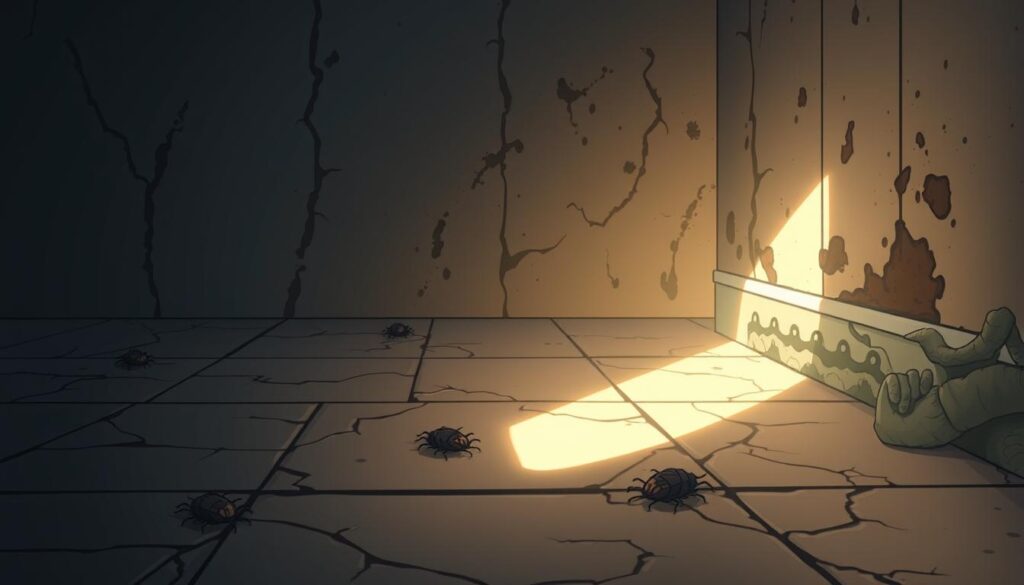
Looking Under Sinks and Bathtubs
Areas under sinks and bathtubs are common places for leaks to occur. Inspect these areas for signs of water damage, such as mineral deposits, warping, or mold growth. Regularly checking under these fixtures can help in early detection of leaks.
To summarize the key areas to inspect, refer to the following table:
| Area to Inspect | Signs of Hidden Leaks |
|---|---|
| Walls, Ceilings, and Floors | Damp spots, discoloration, warping |
| Baseboards and Trim | Warping, cracking, discoloration |
| Under Sinks and Bathtubs | Mineral deposits, warping, mold growth |
By following these visual inspection techniques, homeowners can effectively identify and locate hidden plumbing leaks. This helps prevent further damage to their property.
Listening for Leak Sounds
Detecting hidden plumbing leaks can be as simple as listening carefully for the sounds they make. This method relies on identifying the distinct noises produced by water escaping from pipes.
In a quiet environment, the sound of dripping water can be a clear indicator of a hidden leak. It’s essential to listen carefully, as these sounds can be subtle.
The Sound of Dripping Water
The sound of dripping water is often one of the first signs of a hidden leak. To detect this sound, turn off all faucets and appliances that use water, then listen carefully near areas where leaks are suspected. The sound is usually a steady, rhythmic dripping noise.
Unusual Noises in Pipes
Apart from the sound of dripping water, other unusual noises in pipes can also indicate a leak. These noises might include hissing sounds, gurgling, or banging noises, which can occur when water escapes through a crack or hole in a pipe. Paying attention to these sounds can help you locate the source of the leak.
By combining careful listening with other detection methods, you can effectively identify and locate hidden plumbing leaks. This proactive approach can help prevent further damage and costly repairs.
Professional Leak Detection Services
Professional leak detection services provide a precise and efficient way to find hidden leaks. They are great for homeowners who think they have a leak but don’t know where or how to find it.
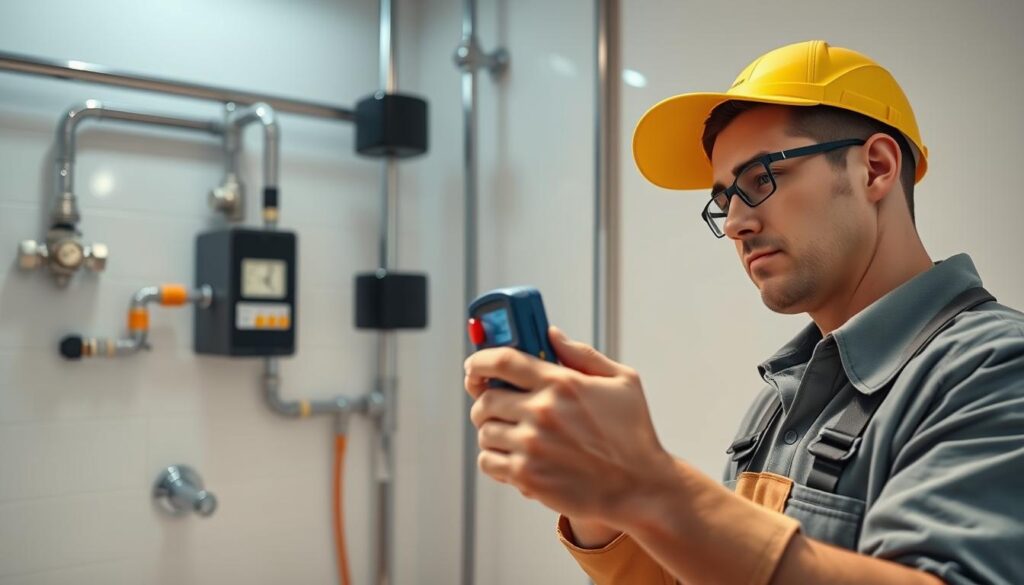
When to Call a Professional
If you see water stains, mold, or your water bill goes up, it might be a leak. If you’ve tried to find the leak yourself but failed, it’s time to get help. Experts have the tools and knowledge to find leaks without harming your home.
What to Expect from a Leak Detection Service
When you get a professional leak detection service, you’ll get a detailed and quick process. They start with a visual check to spot possible leaks. Then, they use tools like acoustic leak detectors or infrared cameras to find the leak.
After finding the leak, they’ll tell you what repairs are needed. Using leak detection methods means finding the leak fast and right, saving your home from more damage. Getting professionals helps avoid the trouble and mess of trying to find leaks yourself, especially if it is a slab leak.
DIY Leak Detection Methods
DIY leak detection is a cost-effective way to find hidden plumbing leaks. Homeowners can use simple techniques to spot problems before they get worse.
Conducting a Water Pressure Test
A water pressure test can find leaks by checking your plumbing system’s water pressure. You’ll need a pressure gauge for a hose bib or outdoor faucet. First, turn off all water-using appliances and fixtures. Then, attach the pressure gauge and take a reading. If the pressure is off, it might mean a leak or another problem.
Step-by-Step Instructions:
- Turn off all water-using appliances and fixtures.
- Attach a pressure gauge to a hose bib or outdoor faucet.
- Take a pressure reading.
- Compare the reading to the recommended pressure range for your system.
Using Soap Solution for Testing
Using a soap solution is another DIY way to find leaks. It’s great for spotting leaks in gas pipes or around connections. Mix dish soap and water, and apply it to the area you think might have a leak. If you see bubbles, there’s a leak.
Benefits of Soap Solution Testing:
- Easy to perform with household items.
- Effective for detecting leaks in various types of pipes.
- Can be used around connections and fittings.
By using these DIY methods, homeowners can catch leaks early. This can save money on repairs and cut down on water waste.
Impact of Hidden Leaks
Hidden leaks can cause a lot of damage. They can harm your property and the health of those living there. It’s important to know how ignoring these leaks can affect you.
Damage to Property
Hidden leaks can damage your property in many ways. This includes:
- Deterioration of wooden structures due to prolonged exposure to water
- Damage to drywall and ceilings, potentially leading to costly repairs
- Compromised integrity of foundations, which can result in more severe structural issues
Ignoring these leaks can also lead to high repair costs. This is because finding and fixing the damage later can be more expensive.
Health Risks from Mold Growth
Mold growth from hidden leaks is a big health risk. It can cause:
- Respiratory issues, such as asthma and allergic reactions
- Infections in people with weakened immune systems
- Neurological problems, potentially linked to prolonged mold exposure
It’s key to fix hidden leaks quickly. This helps avoid health problems and long-term damage.
Knowing the signs of hidden leaks and acting fast is critical. We talked about how to find and fix these leaks earlier. It shows how important it is to stay alert and take action early.
Preventative Measures for Leaks
To stop hidden plumbing leaks, we need to act early. This means regular upkeep and using the latest detection tools. By doing this, we can lower the chance of leaks and the harm they cause.
Regular Plumbing Maintenance
Keeping your plumbing in check is key to avoiding hidden leaks. This means regular checks on your pipes, fittings, and appliances. Look for any signs of wear, rust, or damage on visible pipes and parts.
Another easy step is to watch your water pressure. High pressure can make pipes weak and more likely to leak. Using a pressure regulator can keep the pressure safe.
| Maintenance Task | Frequency | Benefit |
|---|---|---|
| Inspect exposed pipes and fixtures | Every 6 months | Early detection of wear or damage |
| Check water pressure | Annually | Prevents strain on pipes |
| Inspect and replace worn-out washers and gaskets | As needed | Prevents leaks at fixtures |
Installing Leak Detection Systems
Getting a leak detection system can warn you of leaks early. This lets you fix problems fast. These systems spot odd water use and tell you about leaks.
“Leak detection systems have changed how we handle plumbing upkeep. They offer a smart way to avoid a big expense.”
When picking a leak detection system, think about its sensitivity, how easy it is to set up, and if it fits with your plumbing.
Steps to Take If a Leak is Found
Finding a hidden leak can be stressful. But knowing how to respond can make a big difference. When you find a hidden plumbing leak, it’s important to act fast. This helps prevent damage and health risks.
Turning Off the Water Supply
The first thing to do is turn off the water supply to your home. This step stops more water damage and prevents mold. Find the main shut-off valve, usually near the water meter or where water enters your home. Turn it clockwise to shut off the water.
Documenting the Damage for Insurance
After turning off the water, document the damage well for insurance. Take clear, dated photos of the damage, like water stains or damaged floors. This will help a lot when you file a claim with your insurance.
By following these steps, homeowners can handle the situation well. They can lessen the impact of hidden plumbing leaks.
Conclusion
Knowing how to find hidden leaks is key to keeping your plumbing system safe and working well. By spotting signs early and using the right tools, homeowners can fix problems before they get worse.
Key Takeaways for Homeowners
Hidden leak detection is very important. It prevents expensive plumbing repairs and keeps you safe from mold. Regular checks and installing leak detection systems are smart moves.
Stay alert and watch your water bills. Look for signs like water stains and mold. Taking these steps helps protect your home and keeps your plumbing in top shape.
